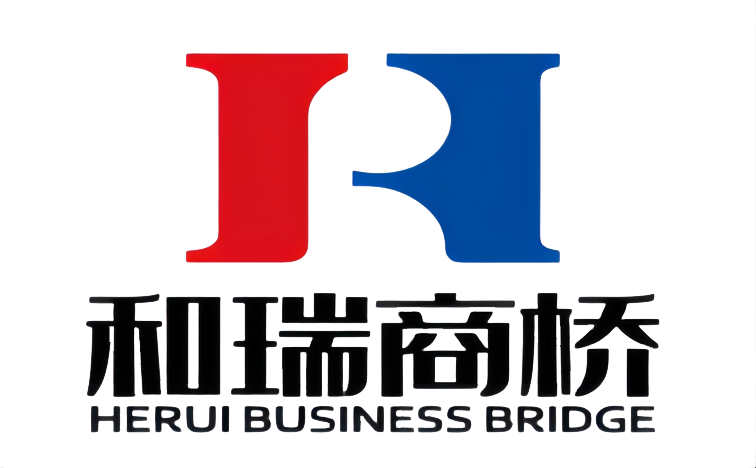News
-
5 Key Benefits of Using PU Leather Fabric
In today’s world, the demand for sustainable, stylish, and cost-effective materials is at an all-time high. PU leather fabric, or polyurethane leather, is becoming an increasingly popular choice in both the fashion and furniture industries. Offering the luxurious appearance of traditional leather...Read more -
The Moisture-Wicking Power of Nylon Spandex Fabric
Staying dry and comfortable during intense activities is essential for a satisfying workout experience. Nylon spandex fabric has gained popularity in activewear due to its moisture-wicking capabilities, allowing athletes and fitness enthusiasts to remain cool and comfortable. In this article, we’...Read more -
Top Reasons Nylon Spandex is Perfect for Swimsuits
When it comes to choosing the right fabric for swimsuits, nylon spandex fabric is the top contender, and for good reason. Whether you’re swimming in the ocean or lounging by the pool, this fabric offers the perfect balance of comfort, durability, and performance. In this article, we will explore ...Read more -
Why Cotton Spandex is Ideal for Activewear
In the ever-evolving world of activewear, fabric choice plays a crucial role in enhancing performance and comfort. Among various materials available, cotton spandex has emerged as a favored option for athletes and fitness enthusiasts alike. This article explores the compelling reasons why cotton ...Read more -
Top Uses of Polyester Spandex Fabric
1. Apparel: Enhancing Everyday Comfort and Style Polyester spandex fabric has become a ubiquitous presence in everyday apparel, offering a blend of comfort, style, and practicality. Its stretchiness allows for unrestricted movement, while its wrinkle resistance ensures a polished appearanc...Read more -
What is Polyester Spandex Fabric? A Comprehensive Guide
In the realm of textiles, polyester spandex fabric stands out as a versatile and popular choice for a wide range of applications. Its unique blend of properties, including durability, stretchiness, and wrinkle resistance, has made it a staple in the apparel, activewear, and home furnishing indust...Read more -
3D Mesh Fabric: A Revolutionary Textile for Comfort, Breathability, and Style
3D mesh fabric is a type of textile that is created by weaving or knitting together multiple layers of fibers to create a three-dimensional structure. This fabric is often used in sportswear, medical garments, and other applications where stretch, breathability, and comfort are important. The 3D...Read more -
Stretch Quickly Drying Polyamide Elastane Recycled Spandex Swimwear Econyl Fabric
To meet the growing demand for sustainable fashion, our stretchy, quick-drying polyamide elastane recycled spandex swimwear Econyl fabric is designed to revolutionize the swimwear industry. This innovative fabric redefines what is possible in swimwear with its superior performance and environment...Read more -
Revolutionize your swimwear collection with nylon spandex ribbed fabric
Dive into the world of high-performance swimwear with our Nylon Spandex Rib Solid Color Dyed Swimwear Knitted Fabric. Designed for durability and comfort, this fabric is setting a new trend in the swimwear industry. It’s the perfect blend of stretch, support and style, perfect for creating...Read more -
Poplin Fabric
Poplin is a fine plain weave fabric made of cotton, polyester, wool, cotton and polyester blended yarn. It is a fine, smooth and shiny plain weave cotton fabric. Although it is plain weave with plain cloth, the difference is relatively large: poplin has a good draping feeling, and can be made mor...Read more -
Corduroy
Corduroy is mainly made of cotton, and is also blended or interwoven with polyester, acrylic, spandex and other fibers. Corduroy is a fabric with longitudinal velvet strips formed on its surface, which is cut weft and raised, and is composed of velvet weave and ground weave. After processing, suc...Read more -

What is PU Synthetic Leather
PU synthetic leather is the leather made from the skin of polyurethane. Now it is widely used for decoration of luggage, clothing, shoes, vehicles and furniture. It has been increasingly recognized by the market. Its wide application range, large quantity and many varieties are not satisfied by t...Read more


